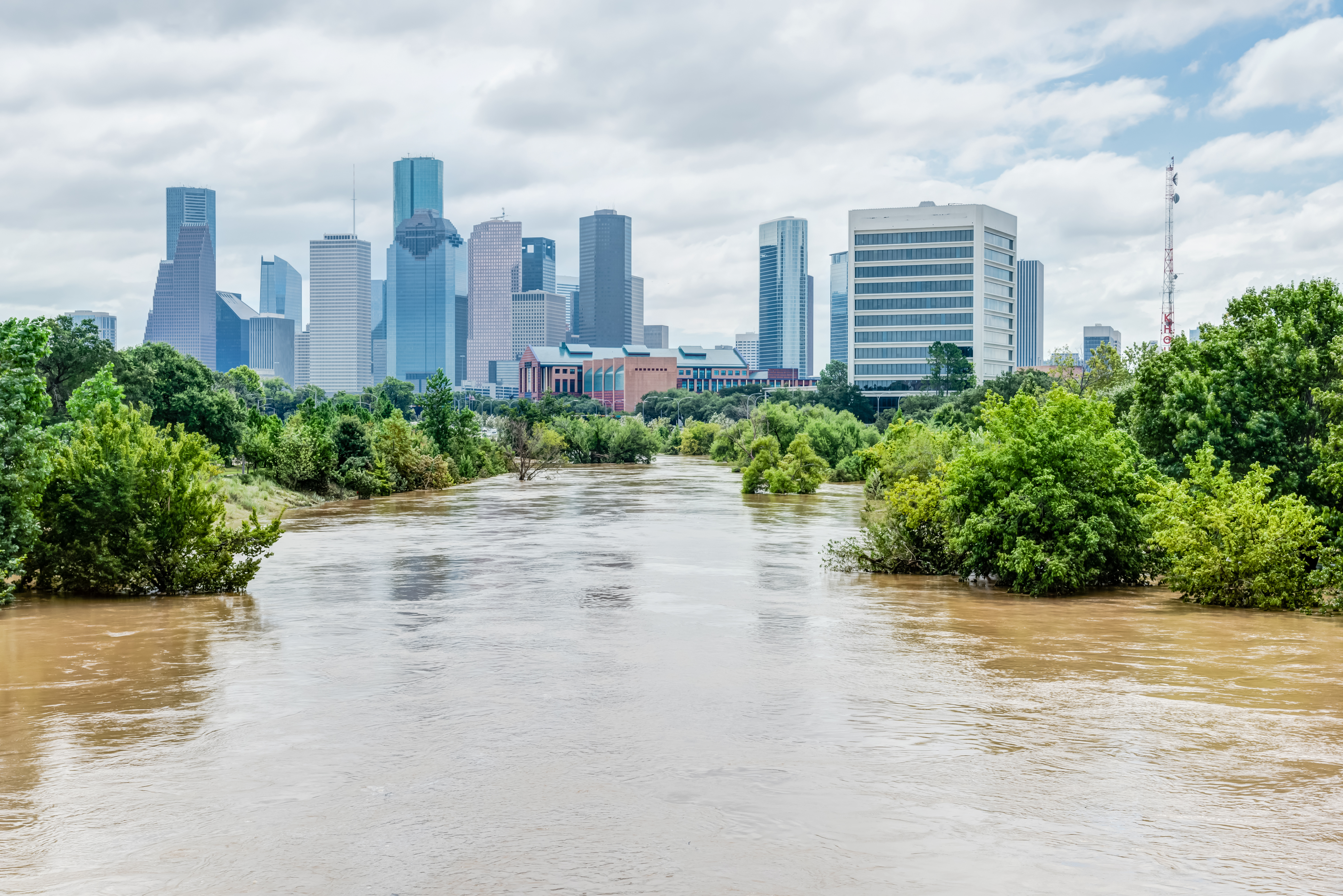In the aftermath of the Champlain Towers South building collapse, high-rise condominiums across the nation want to learn how they can help prevent similar tragedies from happening. Many are quietly reflecting on the similarities their own buildings share and the challenges in addressing them. While much is still unknown about the exact cause of the recent collapse, many local condominium associations seek reassurance that their own buildings’ structural integrity remains uncompromised.
RISE Association Management Group (“RISE”), Houston’s leading high-rise condominium management company, specializes in implementing best practices for condominium associations to prevent disasters like this. “This disaster certainly did not happen overnight. The reality is all high-rise condominiums are in a constant state of degradation” said Jason Delgado, Managing Partner and Co-Founder of RISE. When it comes to high-rise properties, “gravity, water, sun, heat, and wind are all applying constant stress and even corrosion” Delgado added.
Structural degradation is caused by a myriad of factors, some of which are a result of human error, including careless contractors and the use of excessive loads. However, water presents the most pervasive threat as it can compromise structural integrity by causing ponding, rot, freezing, corrosion, soil saturation, and sinkholes.
There are three key elements to preventing a disaster as this and RISE specializes in assisting high-rise condominiums with developing, implementing, and executing on all three. They are Long Range Financial Planning for Infrastructure, Building Degradation Inspections, and Preventative Maintenance.
To outpace degradation, the condominium board must implement a high efficacy plan and be prepared to fund it. However, many condominium boards mistakenly believe that such a plan is prohibitively expensive. “Correcting major issues can certainly be expensive, however, our goal is to catch them early when they’re relatively inexpensive to fix. There are many elements to this plan and some do involve outside consultants and engineers, however, the majority are things your staff, management, and homeowners can do every single day to protect your building and its residents” said Delgado.
“Many of our residents are wondering whether their building could have some of the same issues as the building in Surfside. In Houston where we have extreme winds, water, and temperatures it is absolutely critical that your condominium board of directors hire and consult with experts to maintain and manage these types of facilities. The presence of structural degradation mechanisms are easily identified by the right experts but easily missed by others” said RISE’s Chief Building Engineer, Shaune Greenwood. “A key part of our system is to ensure that trained eyes are inspecting the facility regularly and that we’re implementing our best practices for preventive maintenance and structural degradation identification,” Greenwood added. The cost of missed signs of degradation can be exponentially more expensive.
Maintaining a building and preventing disaster is something that takes place over the life of a building and requires constant and routine activity as well as a partnership with the residents, staff, contractors, and outside consultants. Even routine observations, when acted on early, can save hundreds of thousands of dollars in repair costs down the road.






